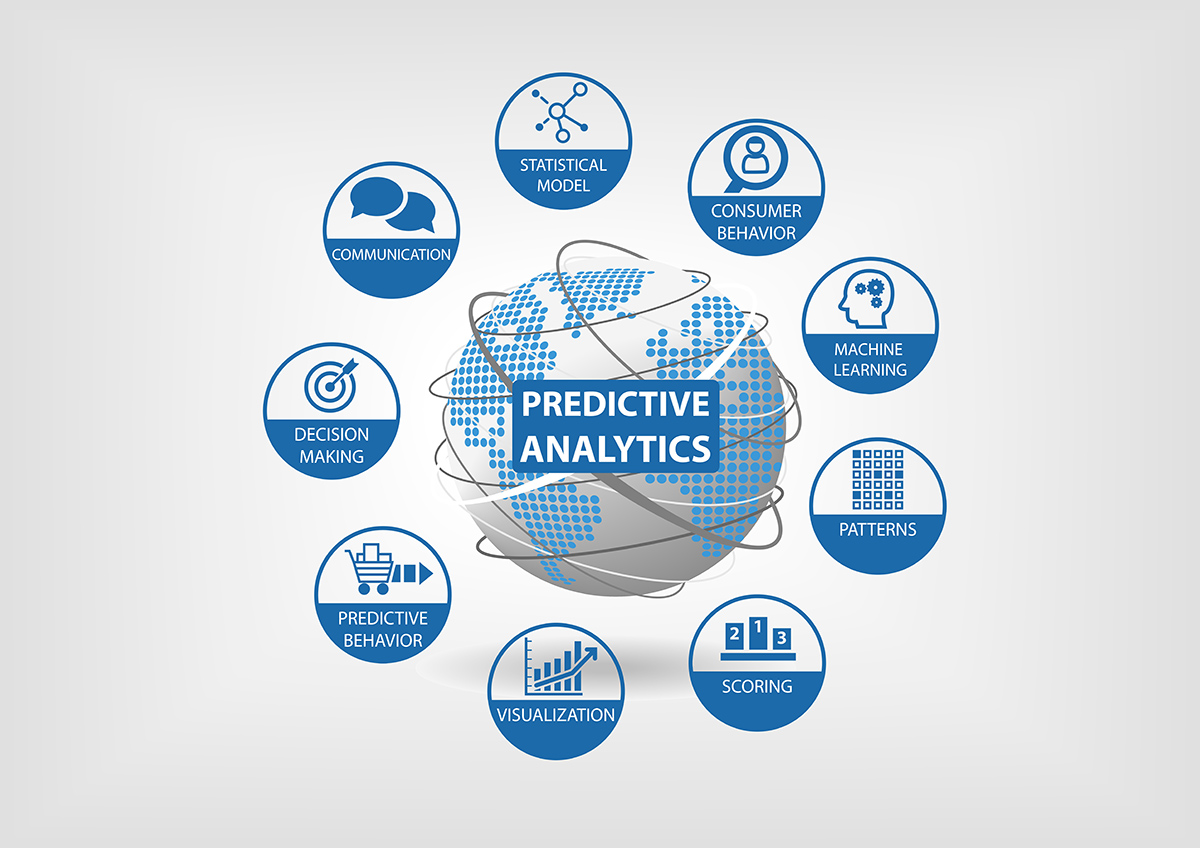Understanding Predictive Analytics in Public Health

Predictive analytics utilizes statistical algorithms and machine learning to analyze historical health data, identifying patterns and correlations that can forecast future health events. This involves gathering diverse data sources, including:
- Electronic Health Records (EHRs): Patient demographics, diagnoses, treatments, lab results, and medications provide a wealth of individual-level information.
- Surveillance Data: Disease reports, outbreak notifications, and epidemiological studies offer insights into disease prevalence, transmission patterns, and risk factors at a population level.
- Social Determinants of Health (SDOH): Factors like socioeconomic status, education, housing, and access to healthcare influence health outcomes and can be integrated into predictive models.
- Environmental Data: Pollution levels, climate change data, and natural disasters can impact population health and contribute to disease outbreaks.
- Lifestyle Data: Information on diet, physical activity, smoking habits, and alcohol consumption provides insights into individual and population-level risk factors.
Applications of Predictive Analytics in Public Health
The potential applications of predictive analytics in public health are vast and continue to expand:
Disease Prediction and Outbreak Monitoring: Identifying individuals at high risk of developing chronic diseases like diabetes, cancer, or cardiovascular disease allows for early interventions and preventive measures. Predictive models can also anticipate and track the spread of infectious diseases, enabling timely public health responses and resource allocation.
Resource Allocation and Planning: Predicting future healthcare needs based on demographics, disease incidence, and resource availability can optimize the allocation of funding, personnel, and medical supplies. This ensures efficient utilization of resources and timely response to emerging health challenges.
Personalized Health Interventions: Analyzing individual health data, including genetic predispositions, lifestyle factors, and medical history, enables the development of customized prevention and treatment plans. This personalized approach can significantly improve health outcomes and reduce healthcare costs.
Health Policy Development: By providing insights into population health trends and disease burden, predictive analytics can inform the development of effective public health policies and interventions. Data-driven evidence can guide policy decisions related to disease prevention, health promotion, and access to healthcare.
Drug Development and Clinical Trials: Predictive analytics can accelerate the drug development process by identifying potential drug targets, predicting drug efficacy, and optimizing clinical trial design. This can lead to faster development of new treatments and improved healthcare outcomes.
Challenges and Ethical Considerations
While predictive analytics holds immense promise for public health, several challenges and ethical considerations must be addressed:
Data Accuracy and Privacy: The reliability of predictive models depends on the accuracy and completeness of the data used. Ensuring data quality and protecting patient privacy is crucial to maintaining public trust and ethical data practices.
Bias and Fairness: Predictive algorithms can perpetuate existing societal biases if trained on biased datasets. Addressing algorithmic bias and ensuring equitable access to healthcare are essential to prevent discriminatory outcomes.
Transparency and Explainability: Many predictive models are complex and difficult to interpret. Developing transparent and explainable models is crucial for building trust with stakeholders and ensuring accountability in healthcare decision-making.
Overreliance and the Dunning-Kruger Effect: Overreliance on predictions without considering clinical judgment and contextual factors can lead to inaccurate diagnoses and ineffective interventions. Maintaining a balance between data-driven insights and clinical expertise is essential.
FAQ
1. How is predictive analytics different from traditional public health approaches?
Traditional public health approaches are largely reactive, focusing on responding to existing health problems. Predictive analytics allows us to anticipate future health trends and take proactive steps to prevent them.
2. Is predictive analytics only used for infectious disease outbreaks?
No, predictive analytics has applications across a wide range of public health issues, including chronic disease prevention, mental health, and substance abuse.
3. Isn’t using patient data for prediction a breach of privacy?
Patient privacy is paramount. De-identified data and strict ethical guidelines ensure that patient information is protected while still being used for valuable public health purposes.
4. Can I use predictive analytics to predict my own health risks?
While predictive models can offer potential insights, they are not diagnostic tools. Consult with your healthcare provider for personalized health advice and risk assessments.
5. Will predictive analytics replace the need for public health professionals?
Predictive analytics is a tool to empower public health professionals, providing them with data-driven insights to make more informed decisions and optimize interventions. It will not replace the essential role of human expertise and compassion in public health.
Conclusion
Predictive analytics is revolutionizing public health, enabling us to move from reactive responses to proactive strategies for improving population health. By harnessing the power of big data, we can anticipate health challenges, personalize interventions, and ultimately, create a healthier future for all. However, as with any powerful technology, it is crucial to address the ethical challenges and ensure responsible and equitable use of predictive analytics in public health. Collaborating across disciplines, fostering transparency, and prioritizing patient privacy are essential to realizing the full potential of predictive analytics for the benefit of all.
Closure
Thus, we hope this article has provided valuable insights into Predictive analytics in public health. We hope you find this article informative and beneficial. See you in our next article!